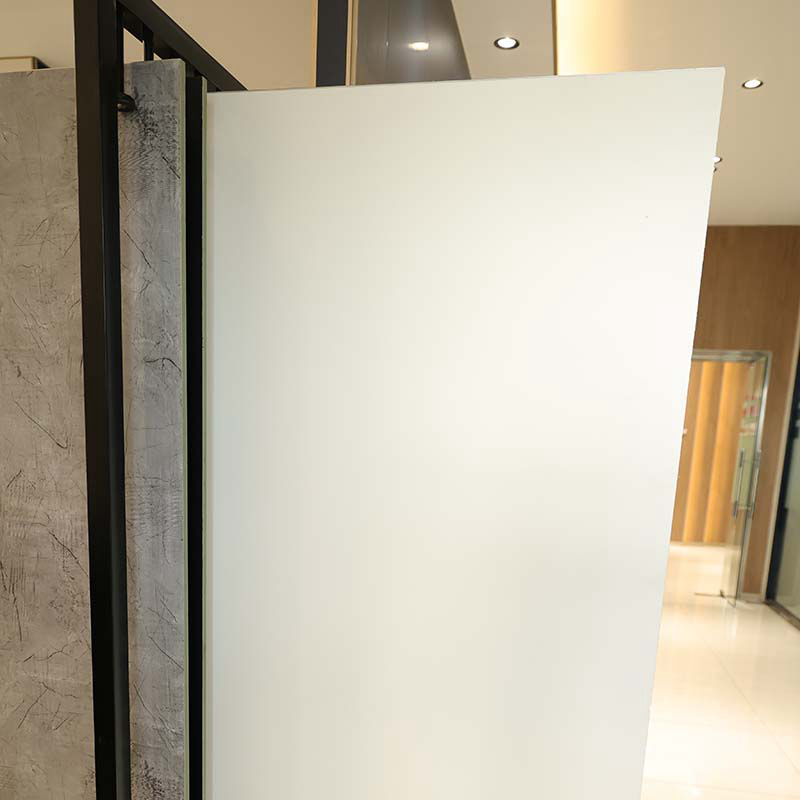Introduction
PVC (Polyvinyl Chloride) plastic is a versatile material commonly used for various applications due to its durability, affordability, and ease of fabrication. When it comes to milling PVC plastic sheets, it is important to follow proper procedures to ensure a successful machining process. In this article, we will discuss step-by-step instructions on how to machine PVC plastic sheets effectively.
Materials and Tools Needed
1. PVC plastic sheet
2. Milling machine
3. End mills (preferably carbide)
4. Clamps or vices
5. Cutting fluid or lubricant
6. Safety equipment (goggles, gloves, dust mask)
Step 1: Preparations
1. Wear the necessary safety equipment to protect yourself from any potential hazards during the machining process.
2. Select a suitable PVC plastic sheet based on the desired size and thickness for your project. Ensure that the sheet is securely fastened to the milling machine using clamps or vices.
Step 2: Choosing the Right Tool
1. Use an end mill specifically designed for cutting PVC plastic. Carbide end mills are recommended for their durability and ability to withstand the heat generated during the milling process.
2. Select the appropriate end mill size based on the desired shape and depth of the cuts you need to make.
Step 3: Adjusting the Milling Machine
1. Set the milling machine to the appropriate speed and feed rate for PVC plastic. Refer to the manufacturer\’s guidelines or consult an expert if you are unsure about the ideal settings.
2. Adjust the depth of cut to ensure that the end mill does not cut too deeply into the PVC plastic sheet, which can result in damage or deformation.
Step 4: Machining Process
1. Apply cutting fluid or lubricant to the PVC plastic sheet to reduce friction and heat generation during the milling process. This will also help to prevent the material from melting or sticking to the end mill.
2. Start the milling machine and carefully begin cutting the PVC plastic sheet with the end mill. Take it slow and steady to avoid putting excessive pressure on the material.
3. Maintain a consistent feed rate and ensure that the end mill is clear of any debris or chips that may hinder the cutting process.
4. If necessary, periodically clean the end mill to remove any accumulated PVC residue, which can affect the cutting performance.

Step 5: Finishing Touches
1. Once the desired shape or cuts have been achieved, turn off the milling machine and allow the PVC plastic sheet to cool down.
2. Carefully inspect the machined surface for any imperfections or rough edges. Use sandpaper or a file to smooth out any irregularities if needed.
Conclusion
By following these step-by-step instructions, you can successfully machine PVC plastic sheets using a milling machine. Remember to prioritize safety by wearing the necessary protective equipment throughout the process. Additionally, ensure that you choose the right tool, adjust the milling machine appropriately, and use cutting fluid or lubricant to enhance the machining performance. With proper techniques, you can achieve accurate and clean cuts on PVC plastic sheets for your various projects.
Previous: PVC Bamboo Charcoal Wall Panel: Transform Your Space with Sustainable Style
Next: PVC Partition Board: The Perfect Solution for Stylish and Functional Space Divisions

China PVC bathroom partition board (gray)
PVC bathroom partitions are increasingly becoming a popular choice for commercial and residential spaces due to their durability, versatility, and low maintenance. Made from polyvinyl chloride, PVC bathroom partitions have several advantages over tra...

Carbon crystal plate (wbt660)
product description: What is the material of the carbon crystal plate? The carbon crystal plate is made of natural bamboo powder, calcium powder, new polymer composite material, carbon crystal powder and PVC powder. The raw materials do not contain f...

Carbon crystal plate
product description: What is the material of the carbon crystal plate? The carbon crystal plate is made of natural bamboo powder, calcium powder, new polymer composite material, carbon crystal powder and PVC powder. The raw materials do not contain f...

Carbon crystal plate (wbt650)
product description: What is the material of the carbon crystal plate? The carbon crystal plate is made of natural bamboo powder, calcium powder, new polymer composite material, carbon crystal powder and PVC powder. The raw materials do not contain f...